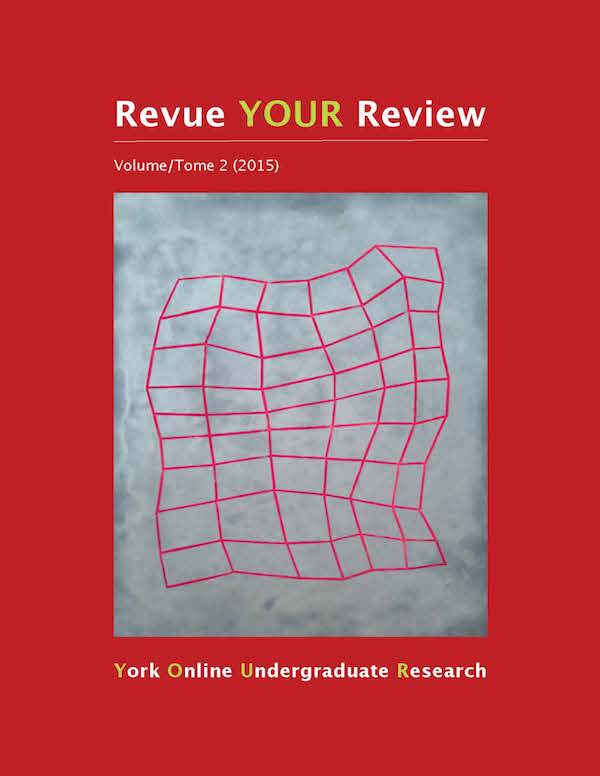Are Shopping Malls Private or Public Space?: The Effects of Hanging Out at the Mall
Abstract
Public space is a topic of great interest these days as it is extremely limited. The concept of space that is open to all and allows for the proliferation of social interaction is an ideal. Shopping malls have tried very hard to be the new town marketplace or public square and have often promoted themselves as such. However, their private nature does not allow for the full spectrum of social interaction that true public space offers. This understanding is important as it has serious effects for those who hang out at the mall for extended periods of time, particularly young people. By defining “public space,” it can be shown that shopping malls, while they may present themselves as public spaces, are not true public spaces. An examination of how malls as private spaces limit access to certain individuals emphasizes how shopping malls are not the new town square as all are not welcome. As well, how shopping malls control the usage of their space shows that these spaces are only available for use for what the private owners deem appropriate social behaviour and ideas. Any activities that are contrary to their list of appropriate uses is not allowed. By limiting who uses the space and what uses are made of the space, shopping malls effect individuals by stunting their social interactions and activities within these spaces.
Downloads
How to Cite
Issue
Section
License
Authors contributing to Revue YOUR Review agree to release their articles under one of three Creative Commons licenses: Creative Commons Attribution 4.0 International; Creative Commons Attribution-NonCommercial 4.0 International; or Creative Commons Attribution-NoDerivatives 4.0 International. All editorial content, posters, and abstracts on this site are licensed under Creative Commons Attribution-NoDerivatives 4.0 International. For further information about each license, see:
https://creativecommons.org/licenses/
In all cases, authors retain copyright of their work and grant the e-journal right of first publication. Authors are able to enter into other contractual arrangements for the non-exclusive distribution of the e-journal's published version of the article (e.g., post it to an institutional repository or publish it in a book or in another journal), with an acknowledgement of its initial publication in this e-journal.


